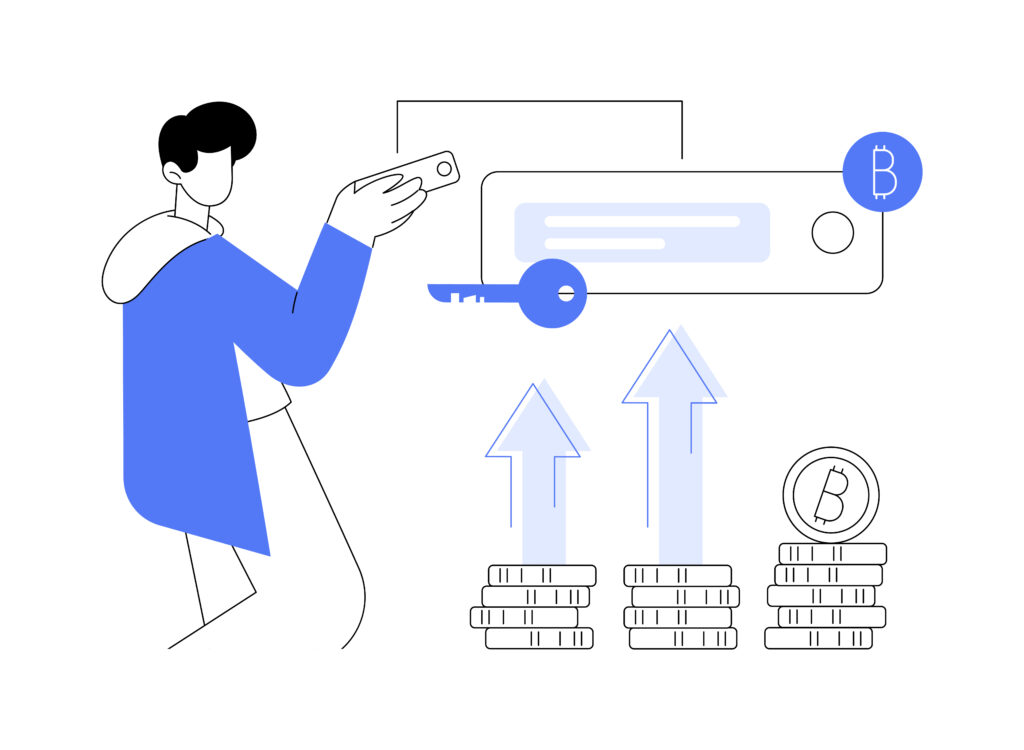Menu
A contract for difference (CFD) is a financial instrument that enables the trading of asset prices without the need for direct ownership of the underlying asset. CFDs can be used to speculate on the movement of various assets, including stocks, commodities, and currencies.
The following is an explanation of the mechanics of CFD trading.
Buy (Go Long): In the event that the investor anticipates an increase in the asset’s price
Sell (go short). In the event that the investor anticipates a decline in the asset’s price.
Leverage enables the control of a larger position with a smaller amount of capital. To illustrate, a sum of $100 may be used to control a trade with a value of $1,000. It should be noted that while leverage has the potential to amplify profits, it may also amplify losses.
In the event of a purchase being made and the subsequent price increase, the investor will accrue the resulting profit. In the event of a sale and subsequent decline in price, the investor will realize a gain equal to the difference between the sale price and the current price. Conversely, if the investor purchases an asset and the price subsequently declines, the investor will incur a loss equal to the difference between the purchase price and the current price.

Advantages and risks of CFDs
It is possible to profit from both upward and downward market movements. It is possible to generate a profit regardless of whether the market is in an upward or downward trajectory.
Leverage is defined as the use of borrowed funds to amplify the potential gains or losses of an investment. It is possible to trade larger positions with a smaller initial investment.
The potential risks associated with CFDs are as follows:
CFDs are versatile trading tools that allow speculation on price movements without the need to own the asset. They offer opportunities to profit in various market conditions using leverage, but they also come with significant risks. It is essential to manage risk effectively and to have a thorough understanding of how CFDs work in order to trade successfully.